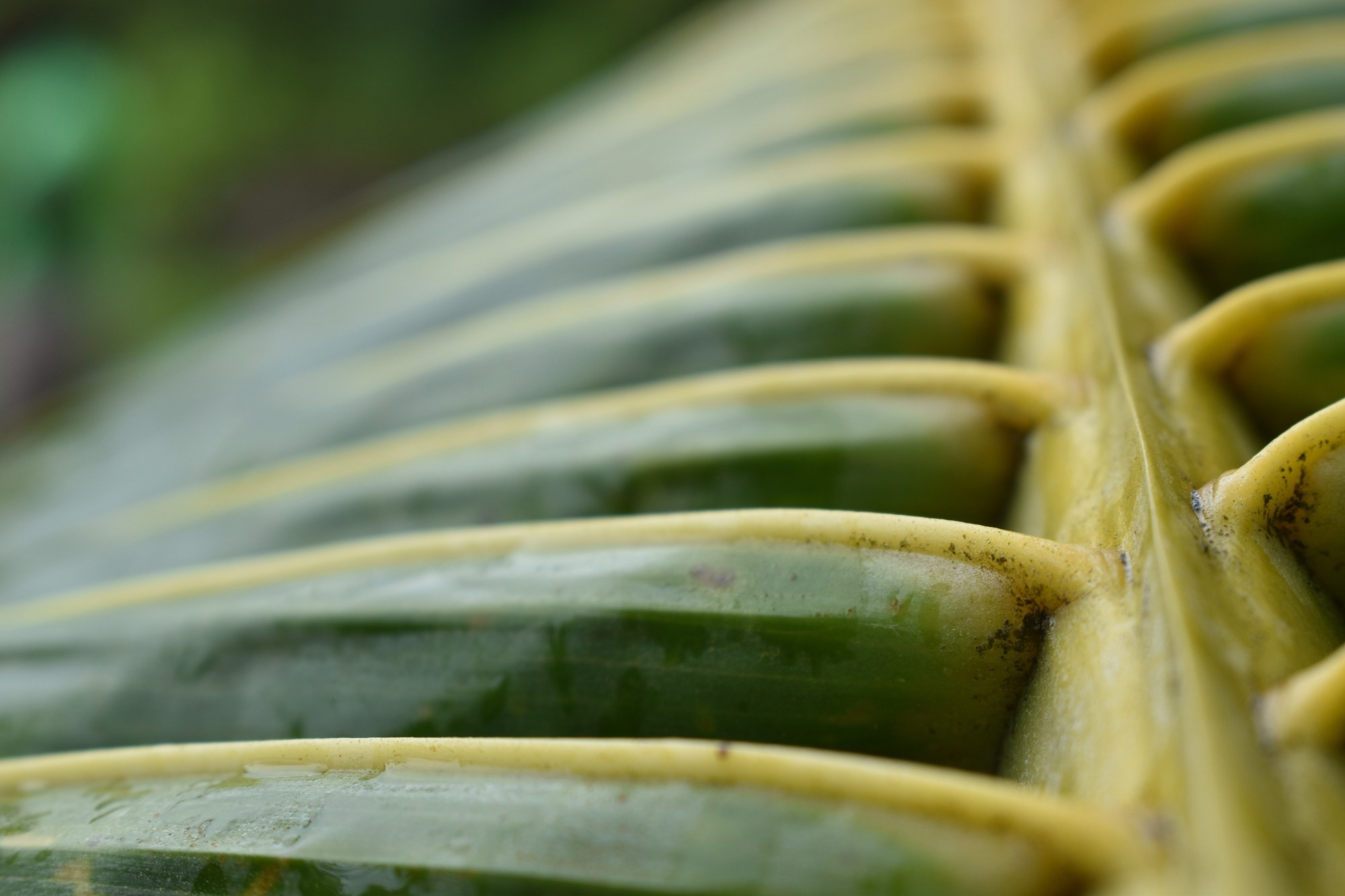A new study has revealed that chemically treated palm tree frond (PTF) microfibers could play a role in sustainable concrete production. Researchers tested 571 concrete samples, incorporating PTF fibers as a partial sand replacement (0–4 % by volume), using both destructive and non-destructive methods to evaluate the material's structural performance. Their findings shed light on the benefits and challenges of using PTF fibers in construction.
 Study: Performance analysis of palm tree microfibers in concrete. Image Credit: Busiukas/Shutterstock.com
Study: Performance analysis of palm tree microfibers in concrete. Image Credit: Busiukas/Shutterstock.com
Background
Fiber-reinforced concrete (FRC) has become an important innovation in construction, offering enhanced mechanical properties, durability, and sustainability. By integrating both natural and synthetic fibers—along with recycled fine aggregates and industrial or agricultural waste—engineers are developing high-performance, eco-friendly concrete solutions.
Among natural fibers, materials such as coconut coir, sisal, flax, jute, and PTF have demonstrated the ability to enhance FRC’s thermal and mechanical properties. However, results from PTF studies vary depending on factors such as fiber volume, mass fraction, and length.
For example, chemically treated date palm stem fibers improve bonding with cement, while untreated fibers can increase water absorption and capillarity. Additionally, the hydrophilic nature of natural fibers can weaken concrete over time, making it necessary to treat them with alkalis or hydrophobic resins. The lack of standardized guidelines for incorporating PTF in its short fiber form has further slowed its widespread adoption. This study aims to bridge those gaps by providing a detailed evaluation of PTF-reinforced concrete.
Methods
PTFs were sourced from local date palm trees in Kuwait and underwent a 24-hour mercerization process using a 4 % NaOH alkali solution. This treatment enhanced surface roughness, improving fiber-matrix bonding. The fronds were then ground into a sand-like consistency to ensure even distribution within the concrete mix.
Concrete samples were prepared and cured for 24 to 72 hours. While control samples were de-molded after 24 hours, those containing 1 % and 2 % PTF microfibers required 48 hours and mixes with 3 % and 4 % PTF took up to 72 hours.
A slump test was conducted on different concrete mixes to assess workability. Concrete density and water absorption were also measured to determine the impact of PTF fibers. Non-destructive tests (NDTs) such as ultrasonic pulse velocity (UPV) and Schmidt Hammer tests evaluated concrete quality. Additionally, compressive strength tests were performed at 7 and 28 days of curing to assess load-bearing capacity.
Split tensile strength tests examined potential crack formation, while thermal conductivity was analyzed using 300 × 300 × 50 mm concrete slabs. Scanning electron microscopy (SEM) provided further insights into the concrete’s microstructure.
Results and Discussion
SEM analysis showed that PTF microfibers increased porosity due to fiber clumping and limited dispersion, negatively impacting mechanical properties. As PTF content increased, compressive and tensile strengths, modulus of elasticity, and Poisson’s ratio decreased. These reductions were linked to increased porosity, weaker fiber-matrix bonding, and hydration challenges caused by PTF’s hydrophilic nature. These findings aligned with lower UPV values and rebound numbers from the NDT results.
On the other hand, PTF microfibers significantly improved concrete workability, particularly in higher-strength mixes. The fibers’ lubricating effect enhanced compaction and flow. However, excessive fiber content led to clumping, affecting water demand and overall mix consistency.
Water absorption also increased with PTF content, raising concerns about long-term durability, especially in moisture-prone environments. To mitigate these effects, careful optimization and additional fiber treatments are needed to enhance moisture resistance.
One of the study’s most notable findings was the improved thermal insulation properties of PTF-reinforced concrete. Increased porosity, as observed in SEM analysis, resulted in lower thermal conductivity, making the material ideal for energy-efficient construction. This suggests that PTF-reinforced concrete could be particularly useful for semi-structural or non-structural applications where thermal resistance is a priority.
Conclusion
This study provided a thorough assessment of PTF microfibers in concrete, highlighting both their advantages and challenges. While PTF fibers improved workability and thermal insulation, their impact on mechanical strength presents a trade-off. As a result, applications may be best suited for lightweight panels or energy-efficient non-structural elements rather than load-bearing structures.
To mitigate potential drawbacks, optimization strategies could include limiting fiber content based on concrete type, applying surface treatments to enhance fiber-matrix compatibility, and incorporating supplementary materials like fly ash or silica fume to improve structural performance. Additionally, using longer fibers with better crack-bridging capabilities may further enhance tensile strength and durability.
Journal Reference
Yassin, M. H., Lakys, R. E., Merouani, Z.-E., Jumah, A., & Farhat, M. H. (2025). Performance analysis of palm tree microfibers in concrete. Scientific Reports, 15(1). DOI: 10.1038/s41598-024-84111-x, https://www.nature.com/articles/s41598-024-84111-x
Disclaimer: The views expressed here are those of the author expressed in their private capacity and do not necessarily represent the views of AZoM.com Limited T/A AZoNetwork the owner and operator of this website. This disclaimer forms part of the Terms and conditions of use of this website.